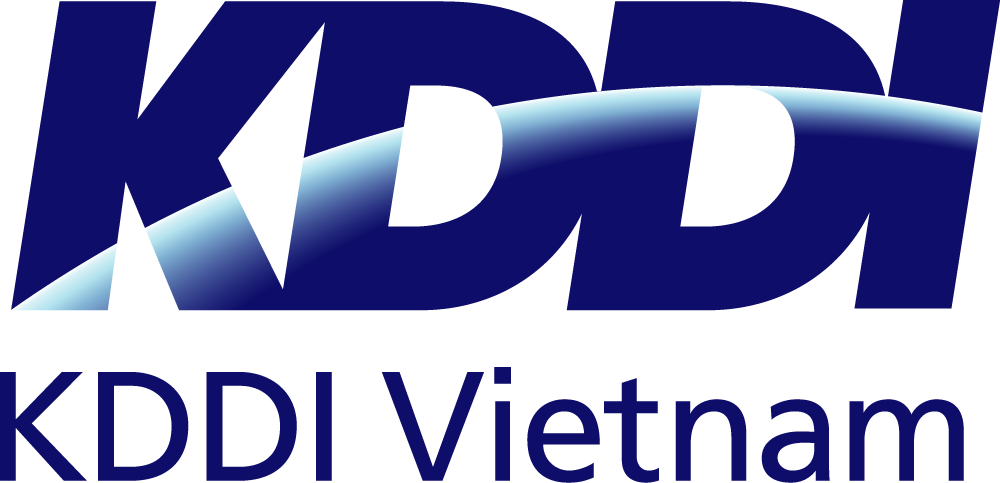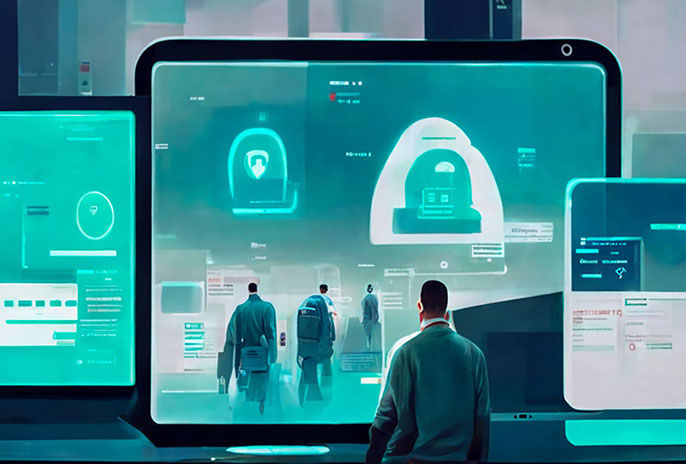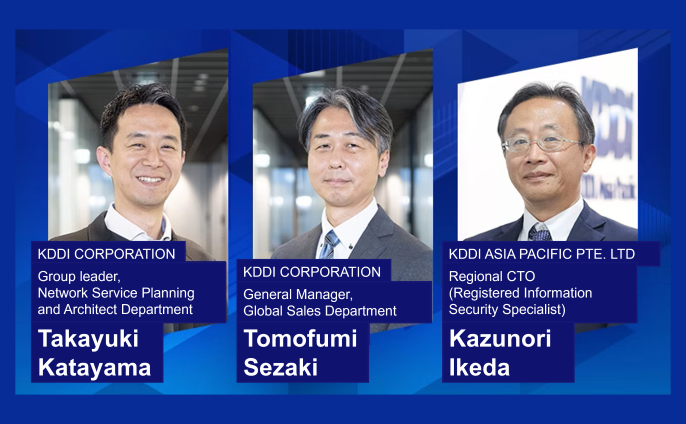IT tools help in efficiently collecting and analyzing vast amounts of data. By utilizing these tools, companies can drive company-wide carbon neutrality initiatives based on accurate, up-to-date data.
Cloud-based IT tools can consolidate data that has been managed separately across various locations, allowing for central management. They can also automatically standardize data from differing formats and units and visualize it on dashboards for real-time monitoring. IT tools also make it easier to analyze and identify processes or areas with high emissions, thereby supporting the implementation of efficient reduction measures.
For example, KDDI’s “Factory IoT Visualization Solution” uses sensors to automatically collect primary data from factory equipment and production lines and transfers it to the cloud, enabling real-time visualization. In addition to gathering primary data, the solution helps prevent errors and omissions typical of legacy operations, supporting accurate decision-making through centralized, cloud-based management and real-time analysis.
Establishing an automated system to update the latest emission factors and energy usage data can prevent delays and mistakes associated with manual updates.
In addition, when production plants and departments can reliably share accurate, real-time data, interdepartmental collaboration is strengthened. This contributes to better understanding of emissions and more effective implementation of reduction measures.
For companies struggling with issues such as complex Excel management, data collection, and data accuracy, we recommend the “ASUENE” solution. For more details, please refer to the pages below.

































